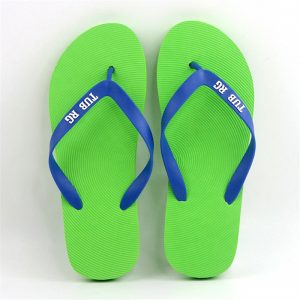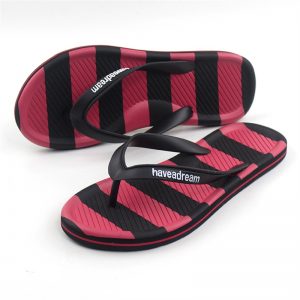Supportive sandals are designed with the principles of foot anatomy and biomechanics in mind, aiming to provide comfort, alignment, and relief from various foot-related issues. Here’s a look at the science behind supportive sandals and how they contribute to foot health:
1. Arch Support:
- Supportive sandals often feature contoured footbeds that provide arch support. Arch support helps distribute weight evenly across the foot, reducing strain on the arch muscles and ligaments.
2. Cushioning and Shock Absorption:
- The midsole of supportive sandals is engineered to provide cushioning and shock absorption. This helps reduce the impact of each step on the feet and lower limbs, minimizing the risk of overuse injuries.
3. Pronation Control:
- Pronation is the natural inward rolling motion of the foot as it strikes the ground. Some sandals include features like a medial post or reinforced arch to control excessive pronation and maintain proper alignment.
4. Heel Cupping:
- The heel area of supportive sandals is often designed with a deep cup that cradles the heel and provides stability. This helps prevent heel slippage and supports the natural alignment of the foot.
5. Toe Box Space:
- Supportive sandals offer a spacious and rounded toe box that allows the toes to spread naturally. This prevents crowding and supports proper toe alignment, reducing the risk of bunions and discomfort.
6. Correcting Gait Abnormalities:
- Some supportive sandals are designed to correct gait abnormalities such as overpronation (excessive inward rolling) or supination (excessive outward rolling). These features promote a more efficient and balanced stride.
7. Customization and Adjustability:
- Many supportive sandals have adjustable straps, allowing wearers to customize the fit. This is particularly beneficial for individuals with unique foot shapes or those who require extra width.
8. Plantar Fasciitis Relief:
- Supportive sandals can help alleviate symptoms of conditions like plantar fasciitis. Arch support and cushioning reduce tension on the plantar fascia, the band of tissue along the bottom of the foot.
9. Anatomical Shape:
- The footbed of supportive sandals often follows the contours of the foot, promoting a more natural alignment and reducing stress on joints and muscles.
10. Breathable Materials: – Many supportive sandals use breathable and moisture-wicking materials, helping to maintain a dry and comfortable environment for the feet.
11. Expert Input: – Some supportive sandal brands collaborate with podiatrists, orthopedic specialists, and biomechanics experts to ensure their designs are based on scientific research and clinical knowledge.
Investing in well-designed, supportive sandals can contribute to foot health by promoting proper alignment, reducing strain, and enhancing overall comfort. Before purchasing, it’s a good idea to consult with a healthcare professional, especially if you have specific foot conditions or concerns. Your sandals should be chosen based on your individual needs, foot structure, and lifestyle.












